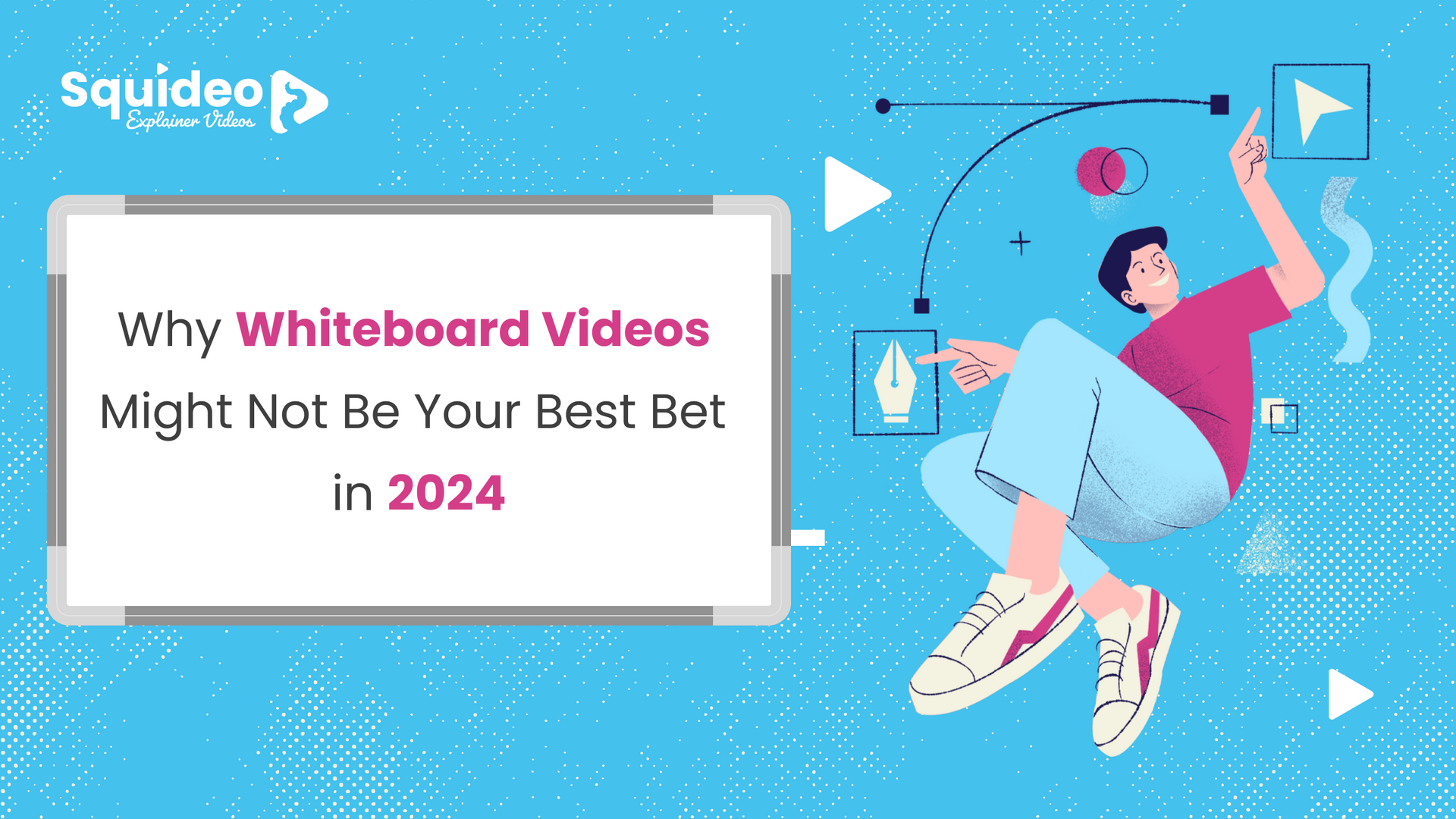The Future of Video Marketing Content
Video has been the most popular way to distribute content to consumers for years, and social media has only enabled this medium to grow. Creating engaging and original content is the ultimate goal of any professional marketer since it has the power to make or break your business.
Research by companies such as Deloitte have shown that digital content engagement has grown exponentially since the coronavirus pandemic. Video content is a powerful tool that can help you stand out from the crowd; therefore, marketers are developing new ways to reach existing and prospective customers. From TikTok and Instagram reels (short-form videos) to live-streaming platforms and YouTube, top video marketing trends entice customers and result in growth.
What are the benefits of video marketing?
Within the past two decades, video has transformed from a slow, static medium to one that is now fast, social, and more immediate than ever, thanks to live-streaming.
The following are a few reasons why we believe that video is the future of content marketing and how the top video marketing trends entice customers and result in growth.
The power of video humanises your brand
People are more likely to connect to visual content than written content. YouTube's rise in popularity is proof of this claim, as many entrepreneurs realised that posting informative visual content gives them a deeper relationship with their viewers. Video establishes the old adage: show don’t tell.
Visual content can easily be used to tell people your brand's story and let them get to know you and your company, thus thrusting your brand above the competition. In order to establish a relationship with their audience, brands aim to create online video content that humanises them and brings them closer to their viewers. Through the medium of quality video content, people are more likely to be emotionally motivated to make a purchase from that brand.
The use of videos makes your content easier to digest
Readers can be discouraged by long articles. In spite of providing relevant information and key facts, lengthy written content can be overwhelming. The solution is video content. Many global brands are using this technique, and in addition to providing well-written and informative posts, they also include short videos summarising the key points.
Video presentations provide a visitor with an easy way to learn what to expect before reading a complete article. A video emphasises and highlights the main points of a piece while providing in-depth solutions. As a result, the audience will become more interested in the subject.
Conversion rates are improved by video
The impact of visual content on conversion rates is not merely a myth. Statistics indicate that embedding videos on landing pages can increase conversion rates by up to 80%. The addition of a video to a landing page will extend visitors' stay on your website. If you can capture their attention with entertaining content, they'll also be more motivated to explore the rest of your website.
In addition to the video, include a call-to-action or an inspiring message to encourage visitors to get further involved with your website and brand, possibly turning a simple visit into a successful conversion.
Videos are more entertaining and shareable
One of the main goals of content in marketing is building brand awareness, and videos are perfect for that. According to statistics,
videos are shared online 12 times more often than text and images combined. With customised videos, brands can engage with their customers in a fun and compelling way.
If a video is fun to watch, your visitors will want to share it with their friends on social media, increasing awareness of your brand and giving it more personality in the process. Visual content that is unique and fun will create positive shared experiences for your viewers and their peers. It will benefit your brand by making it more likely for them to return to your website or convert to being customers.
What future developments can we expect in video marketing?
Videos are the most popular and sought-after type of internet content, and video marketing allows businesses to reach and engage with customers in today's digital era. To help brands take full advantage of this increasingly helpful tool for reaching and capturing target audiences, we have outlined a few predictions for the future of video marketing.
Short-form videos will gain traction
In order to keep their viewers' interest, brands will continue to present them with crisp messages that capture their attention. Ultra-short videos will be more common and highlight key product features, capture micro-moments of customer interaction, and share sneak peeks to build consumer interest. In addition, the production of the same video in different dimensions can be incredibly beneficial to optimise the video's marketing across various platforms and channels.
Video content in story format will soar
It is estimated that
more than 500 million people use Instagram Stories daily. In comparison, Snapchat
only has 280 million daily active users. Statistics show that in 2022,
70% of Instagram users watch stories daily and 86.6% of Instagram users post Stories. In addition, Instagram Stories are used by 36% of businesses to promote their products, and
25% of Gen Z and Millennials use stories to find products and services. These numbers speak for themselves about what an important role video content in story format plays in the daily lives of millions of potential consumers. This is why brands should invest in such video content in order to stay ahead of the competition and remain relevant.
AI and data will dominate video marketing
The use of technology will be critical for predicting which options will be most impactful as brands increasingly integrate products directly into video content. Data will increasingly drive content strategy and optimisation while the pace at which video content is produced continues to accelerate. Using artificial intelligence, brands can quickly gain insight and optimise partnerships with creators/influencers, maximising their investment return. Furthermore, AI-driven analytics can help marketers adjust their video marketing strategy in real-time, based on consumer preferences and the performance of different videos.
Conversions will be driven by soundless videos
Videos provide visuals and audio experiences; isn't that what makes them so popular? Yet, marketers have an increasing trend to create videos specifically for silent viewing. Using a video editor, you can now present silent videos across many social media platforms, especially in Story format. These edits will facilitate more visual communication despite the absence of audio. By doing so, the product will likely appear in consumers' social media feeds, leading them to demo the product and purchase it.
There will be a surge in interactive videos
It is predicted that interactive videos will become more popular in the future as they are more relatable and shareable. By allowing users to exercise control over the content, your marketing message is amplified, and the users become more aware and engaged. In addition, interactive videos can be tracked, so you can accurately analyse the paths taken by the consumer to gain a greater understanding of what impacts conversions. You can also motivate your customers to purchase your product or service and help promote brand recall by designing an interactive video thoughtfully.
Get Started with Your Video Marketing Content Today!
What are you waiting for? If you’d like to get started with video marketing content, head over to our
quote form to give us an idea of your vision. If you want to learn more about our animated video production services, you can read more on our
website, or check out our
portfolio to view our video examples for a range of industries across the globe!
If you want to discuss how an animated promotional video can benefit your business, get in touch with the Squideo team today!
Not sure where to start?
Let us take care of it!

Squideo Ltd, 2 Exeter St,
New Village Road, Cottingham, East Riding of Yorkshire, HU16 4LU, UNITED KINGDOM
© 2024 Squideo Ltd.
Website by Squideo












